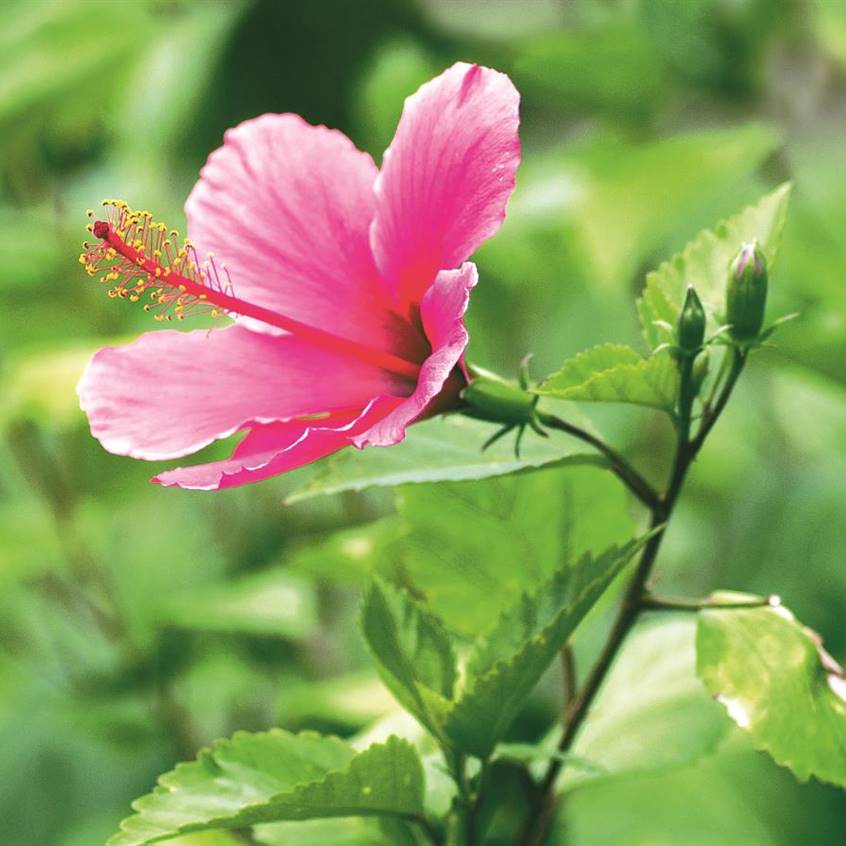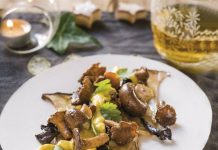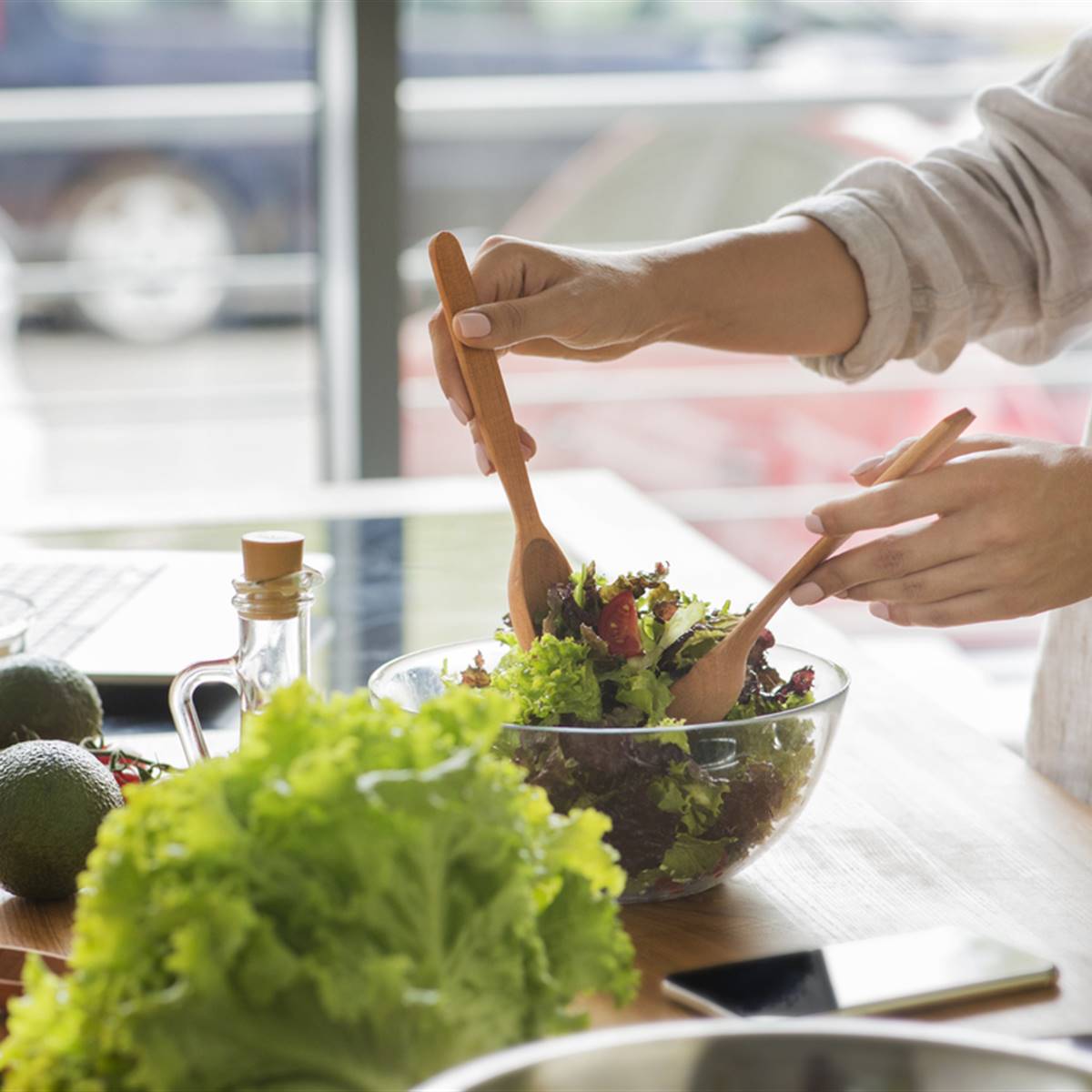They include flowers and medicinal plants effective for purification, prevent allergies and spring asthenia, relieve headache and regulate hormones.

Taking a tea asks for at least a few moments of calm. However simple its preparation, it is an ideal pretext for relaxation or for friendly chat if you are in company.
The healthy pleasure of tisanes – paraphrasing the title of a book by Dr. Ramón Rosello (Ed. RBA) – adds to the leisurely enjoyment of its flavors and its restorative virtues. Some experience is required to know the botanical and chemical compatibility of the selected plants in order to produce a balanced tisane, in which the different ingredients complement each other or enhance a certain action.
There is no doubt that for the act of tasting a tisane to be attractive, beyond its possible therapeutic function, it must bring pleasure to the senses, especially smell and taste, which is achieved by adding herbs of pleasant flavor among its ingredients.
Therefore, if you do not have experience, it is preferable to have the advice of an expert herbalist. This article offers a selection of eight tisanes, which on occasion have been recommended to us from the herbalist Manantial de Salud.
1. SPRING ASTHENIA
This tea is a good remedy when someone feels unmotivated, downcast, affected by states of weakness or asthenia, common in early spring, or gripped by stress. It helps to regain courage and adapt to complicated situations.
Ingredients in equal parts:
- Rhodiola
- Eleutherococcus
- Rosemary
- Savory
Preparation:
- A level tablespoon of the mixture is required for each cup of water.
- It is boiled just 3 minutes, left at rest, covered, 10 minutes more and filtered.
- You can add a pinch of honey to improve the taste.
Dose:
A glass is taken twice a day, in the morning with breakfast and after eating.
Precautions:
If you include eleutherococcus, experts recommend discontinuous treatments, 3 weeks, with another 3-4 of rest. It is not a problem if taken on time.
2. AN AID FOR RHINITIS AND ALLERGIES
The arrival of spring, with the outbreak of blooms that fill gardens, parks, trees and meadows, is a small torment for many people. The emergence of pollen and dust in suspension and a whirlwind of foreign allergenic substances for the immune system that float in the environment cause a varied and annoying picture of symptoms, such as rhinitis, eye inflammation, itching, hives, pulmonary congestion, frequent sneezing, etc.
This tea can be an alternative or a support to the antihistamine drugs that doctors usually prescribe to combat them and that usually cause drowsiness.
Ingredients in equal parts:
- Perpetua (Helichrysum stoechas)
- Coltsfoot
- Pine
- Plantain major
- Echinacea (tops)
- Fennel
Preparation:
- Add one tablespoon of the mixture for each cup.
- Boil 2 minutes, let stand for 10 more minutes and filter.
- You can add thyme honey.
Dose:
Two to three cups a day are taken, as long as the allergic crisis remains.
Precautions:
It is advisable not to include echinacea in this tea during pregnancy, lactation or in case of liver pathology.
3. HEADACHES AND HEADACHES
It is a formula indicated for those who suffer from occasional migraine or headache episodes, which can increase when spring arrives due to the progressive increase in temperatures. You can avoid medication.
It is also an alternative for those who suffer from them on a recurring basis and often take analgesics, although each headache has specific causes that require individualized treatment.
Ingredients in equal parts:
- Bethonic
- Mint
- Ginkgo
- Passionflower
- Orange blossom
Preparation:
- Add one tablespoon of the mixture for each cup.
- Boil and keep it in infusion 10 minutes.
- To nuance the bitterness of ginkgo, you can add bitter orange peel.
Dose:
Two glasses a day are enough, the first at the first symptom that is perceived.
Precautions:
Passionflower should be used wisely, even better with medical advice. It can be replaced by feverfew, but this has the drawback of its unpleasant taste.
4. PURIFY THE KIDNEYS
This combination of plants is recommended to facilitate purification at the renal level, to prevent the formation of kidney stones or, if they have already formed, to help their expulsion. It is no less useful to combat fluid retention and as a support in case of high blood pressure.
Ingredients in equal parts:
- Sun millet
- Arenari
- Orthosiphon
- Bearberry
- Fennel
- Star anise
Preparation:
- Add two tablespoons of the mixture for half a liter of water.
- Boil just 1 minute.
- Let stand for 10 more minutes and filter.
Dose:
Take throughout the day.
Precautions:
- Prolonged treatments with sun millet are not recommended because of its content in pyrrolizidine alkaloids; It can be replaced by another plant, such as birch leaves.
- Bearberry should be avoided during pregnancy and in case of gastritis.
5. PROTECTION AGAINST HEARTBURN
For the plants that compose it, this formula is advised by herbalists especially to try to relieve gastroesophageal reflux, heartburn and gastric spasms.
It is also useful to combat gases, meteorism, flatulence and bad taste in the mouth.
Ingredients:
- Licorice root
- Cat’s tail
- Fennel
- Green anise
Preparation:
- Add one tablespoon of the mixture per cup of water.
- Boil 2-3 minutes and then keep at rest for 10 more minutes and strain.
- It somewhat sweet taste may please children.
Dose:
Have a cup after main meals.
Precautions:
- It is not advisable for diabetic or hypertensive people, and less for a long time.
- Glycerine – a component of licorice – can raise blood pressure.
6. URINARY PROBLEMS
This herbal formula is indicated for the treatment of benign prostatic hyperplasia, especially at the preventive level. It has the particularity that it inhibits the enzyme of prostatic inflammation.
It is recommended for men over 50 years of age, to whom it helps to reduce disorders associated with benign adenoma, the need to urinate frequently and nocturia. Due to its anti-inflammatory and diuretic power, it is useful for relieving bladder and prostate inflammation and as a supportive treatment in nephritis, ureteritis and renal lithiasis.
Ingredients in equal parts:
- Epilobius
- Pygeum
- Buchu
- Brecina
- Star anise
Preparation:
- Add one level tablespoon of the mixture per glass of water.
- Boil 2-3 minutes, rest 5 more and strain.
Dose:
You can drink up to 3 glasses a day.
Precautions:
- Pygeum can cause gastric discomfort in particularly sensitive people.
- Brecine is not recommended in case of gastritis.
7. HEALTHY AIRWAYS
This herbal tea is effective in combating bronchitis if there is no other associated pathology.
Taking herbal teas can help eliminate congestion and reduce inflammation in the airways, without resorting to drugs. It is also recommended in allergic processes caused by the reaction to pollen in suspension of some plants.
Ingredients:
- Albar pine shoots
- White horehound
- White pennyroyal
- Mallow
- Fennel
Preparation:
- Add two level tablespoons of the mixture per cup of water.
- Boil for a couple of minutes.
- Let stand for 10 minutes and filter.
- Fennel and pennyroyal give it a pleasant flavor, which counteracts that of horehound, but you can add bitter orange peel
Dose:
It can be taken during the day.
Precautions:
Albar pine, rich in tannins, can cause gastric irritation in sensitive people, but mallow acts as a protector.
8. MENSTRUAL DISORDERS
This tea is useful for young and mature women, of reproductive age, or for whom the arrival of the rule is a frequent disorder. It helps to combat the different symptoms of premenstrual syndrome, such as gas, breast tenderness, headaches, fatigue, back pain, etc. and mitigates the symptoms of dysmenorrhea or painful menstruation, such as lumbar discomfort, mild nausea, perspiration, sweating and dizziness.
Ingredients:
- Female Abrotano (santolina)
- Hibiscus
- Sage
- Mugwort
- Mint
Preparation:
- Add three tablespoons of the mixture in equal parts to three-quarters of a liter of water (one per cup).
- You can improve the flavor by adding a touch of fennel, which will give it an aniseed and sweet nuance.
- Boil 1 minute, let stand another 10 minutes and strain.
Dose:
Take 3 cups a day, from about 9 days before the arrival of the period.
Precautions:
It is not recommended to consume sage during pregnancy, lactation or for prolonged periods since it has thujone, an essential oil with important estrogenic virtues.
INFUSIONS THAT RELAX AS WELL AS BALANCE
Tisanes and infusions provide, in addition to their therapeutic virtues, the benefits of hot water. Hot drinks are easier to assimilate through the stomach than cold liquids.
According to Chinese medicine, the nature of heat is always relaxing and activating. Heat brings fluidity and has the ability to warm up and make muscles relax.
If warm or cold tisanes are preferred in summer, hibiscus, mint or licorice with orange or lemon peel give good flavors.
HOW TO GIVE GOOD FLAVOR TO TISANES
It is true that many plants have a bitter, coarse or tasteless taste that does not invite you to taste them. Connoisseurs warn that a very bitter taste is not canceled with a very sweet contribution, but that an aromatic bitter, such as bitter orange or lemon peel, will be more effective.
On the other hand, the sweetness of anise or the intensely minty aroma of mint come in handy to combat insipidity.







